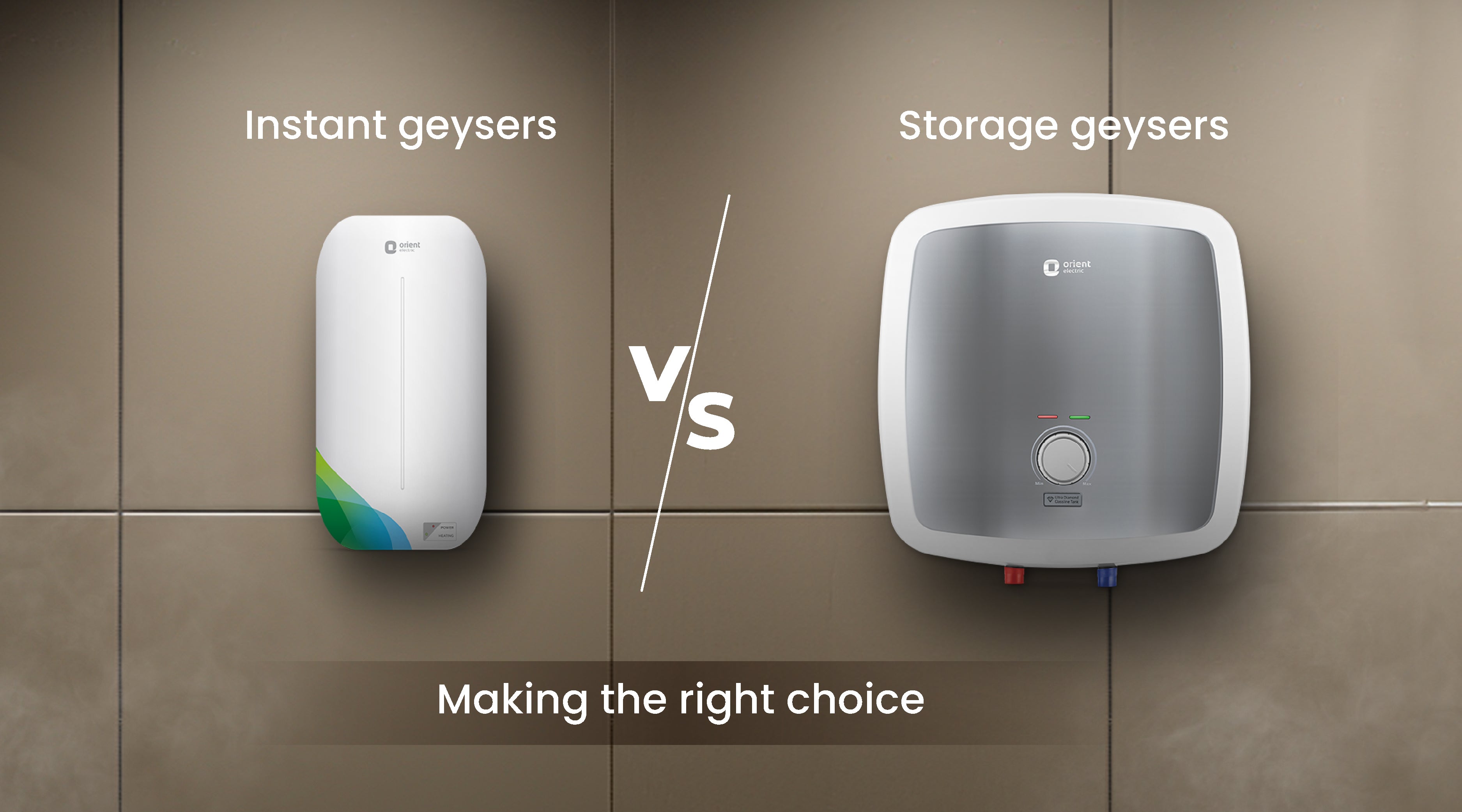How to Choose the Right Geyser to Maximize Power Efficiency in your house
Picking an energy-efficient geyser is not as uncomplicated as it appears, calling for cautious analysis of numerous aspects. From understanding the different kinds of hot springs, to reviewing their energy effectiveness scores and considering placement technique, each choice plays a vital function in optimizing efficiency. Balancing the initial financial investment with lasting savings is additionally crucial. Let's begin on this trip to discover how to make the most educated choice for a geyser that will certainly reduce your power bills while guaranteeing ideal performance.

Recognizing the Different Kinds Of Geyser
While there are different kinds of hot springs offered on the marketplace, recognizing the differences in between them is crucial for energy efficiency (geyser sizes). The very first kind, storage space geysers, are the most common and store warm water in a tank for usage when needed. They are readily available in different capabilities and are normally energy-efficient, but they can shed heat when not in use
The 2nd type is the tankless geyser, which heats water on need, leading to less power waste however requiring a higher initial power draw. Solar geysers use solar power to warm the water, making them the most energy-efficient but also the most pricey.
Examining Your Home's Warm water Demands
Before diving right into the acquisition of a hot spring, it is critical to evaluate the hot water needs of your family. This assessment must take into consideration many variables including the number of house members, frequency of warm water usage, and the variety of warm water outlets in the home (geyser sizes). A tiny family members with infrequent warm water use might need a smaller, much less powerful geyser compared to a bigger family members with numerous daily warm water demands
The type of appliances that need warm water likewise play a significant role. Dishwashers and washing equipments, as an example, may need even more hot water than a straightforward shower or kitchen area sink. Details activities such as bathing or cleaning also influence the frequency and volume of warm water needed.
Examining Energy Effectiveness Rankings of Geyser
Having evaluated the warm water needs of your family, it's important to turn your interest to the power performance ratings of hot springs. These ratings, normally provided as Power Variable (EF), show a geyser's general energy efficiency based on the try this web-site quantity of warm water produced per system of fuel eaten over a regular day. The higher the EF, the much more reliable the hot water heater.

Factors To Consider in Geyser Dimension and Positioning
Beyond power effectiveness scores, the dimension and positioning of your geyser are crucial elements to consider. The dimension of the geyser ought to line up with your home's warm water needs. A small geyser might make use of much less energy but might not give sufficient warm water for multiple uses at the very same time, whereas a bigger system can satisfy greater need however may eat even more power.
Hot springs should be mounted close to points of usage to reduce warm loss during water transport. Additionally, considering thermal insulation, a hot spring located in a warmer location loses much less heat and consequently utilizes much less energy to keep the water temperature.
Expense Analysis: Balancing First Financial Investment and Long-Term Savings
While dimension and placement see this undoubtedly play considerable roles in a geyser's power efficiency, one need to not forget the monetary aspect. When considering the preliminary financial investment, the cost of energy-efficient hot springs can be higher than common versions. The increased in advance price can be countered by long-term energy cost savings, making it a rewarding investment in the long run (geyser sizes).
Examining lasting financial savings requires an understanding of the geyser's energy score. A device with a higher rating will take in much less power, equating to reduced utility bills gradually. Federal government incentives and refunds for energy-efficient appliances can additionally assist redeem first prices.
Lastly, upkeep and life expectancy must be factored in. Energy-efficient hot springs often have much longer lifespans and reduced upkeep prices, adding to total financial savings. Consequently, when stabilizing preliminary investment and long-term savings, one should take into consideration not only the acquisition cost but also power intake, federal government rewards, and upkeep expenses.

Conclusion
Selecting an energy-efficient geyser needs cautious consideration of different aspects. These include comprehending the kinds of geysers, examining your home's warm water needs, reviewing energy performance rankings, and computing expense benefits. The best geyser dimension, positioning, and insulation can dramatically minimize energy bills and environmental influence. Consequently, making an educated option can result in considerable long-term savings, making it a worthwhile financial investment for your home.